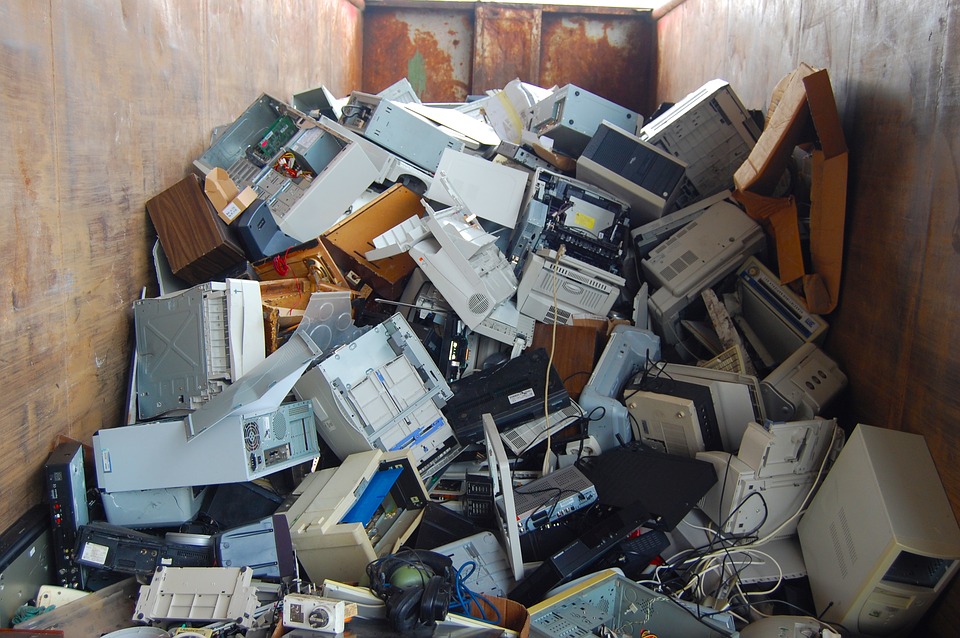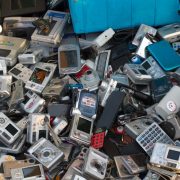Stewarding the Electronic Dinosaur from Cradle to Grave
Electronic waste has become the fastest growing waste stream in the WORLD.

When discarded, the toxicity of electronic waste functions as an eroding agent on clean water, healthy soil, and fresh air. The impacts of improperly disposed e-waste are measurable, harmful, and applicable on a global scale. The general cause and consequence of its mismanagement seem to be shared equally among manufacturers and consumers alike. One cause being the fact that most electronic devices experience a life cycle that overturns as rapid as advancing technology will allow it to be. Another cause is the fact that these devices can be inconvenient to dispose of properly due to limited drop-off locations and/or expensive disposal fees. The consequence is a growing stockpile of obsoletes that can leach toxic discharges into places like our drinking water supply.
The cradle‑to-grave stewardship of our electronic dinosaurs is disappointing.
How you can help:
- Hold on to electronics longer to reduce demand.
- Donate items that can be refurbished or reused, otherwise recycle.
- Form an outreach campaign and/or organization to increase awareness in your neighborhood.
The rate at which technology refreshes has become so advanced that many consumer electronics sold in the US are rendered outdated within a year. Annual sales in the US are over 200 billion dollars and growing. As one would reasonably correlate, the annual production of e-waste is growing in near magnitude. Cradle stages are brief, characterized by a consumer electronics industry spending nearly 4 billion dollars a year in advertising. By repeatedly soliciting to us the concept that newer is necessary, we have become conditioned to anticipate the release date of the model 5001 while the model 5000 in our pocket is still under warranty. Overnight our gadgets become a dinosaur; functionally extinct and thrust into the grave stage.
Disappointingly, the grave stage is even more brief. As it stands today, our electronic relics are seldom tossed away with the ecological dignity that recycling or reusing would provide. According to the Environmental Protection Agency, nearly 3 BILLION tons of electronics are disposed of each year, and only 25 percent are recycled. The vast remaining become deposited into landfills where they begin to leach into the water, soil, and air. Any hazardous qualities contained within them such as arsenic, chromium, lead, and mercury are unrestricted in their travels. Roughly half of the states in the US have enacted e-waste legislation, and the options available for proper disposal are improving but are still very limited and oftentimes expensive. In most places, batteries and cell phones can be taken back at no charge to their place of purchase. Free take-back events and curbside pick-ups are available at certain times of the year.
If you suspect that what you’re about to throw into the trash may contain an electronic component, just set it aside for a moment. Contact your City or trash service provider for guidance. Look online for drop-off locations (www.calrecycle.ca.gov/Electronics/Collection or www.Call2recycle.org) and special take-back events in your area. The moment that we define our electronic device to be electronic waste, is the same moment we become stewards of our vitality.




